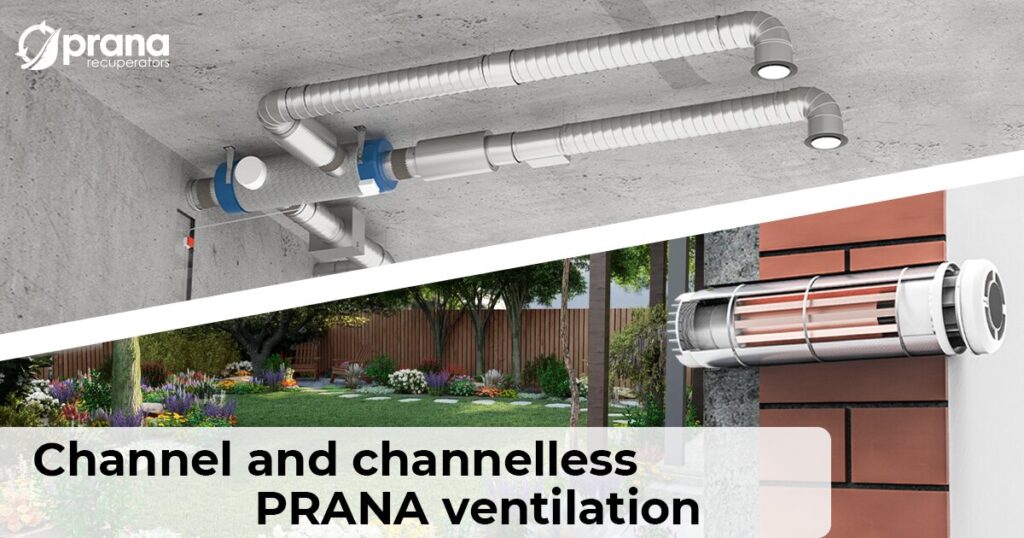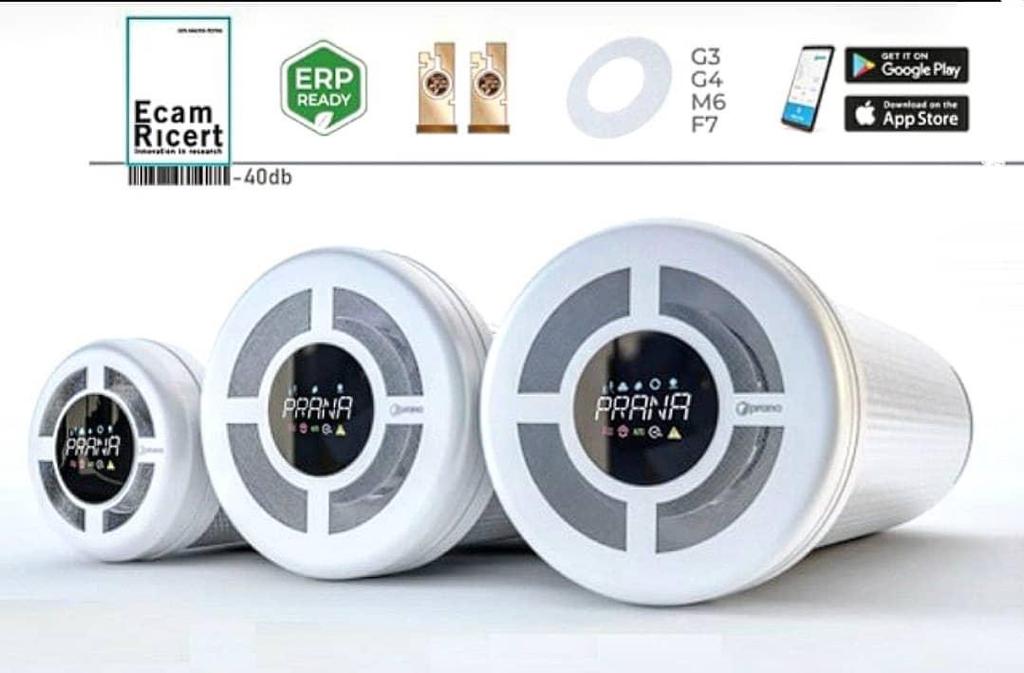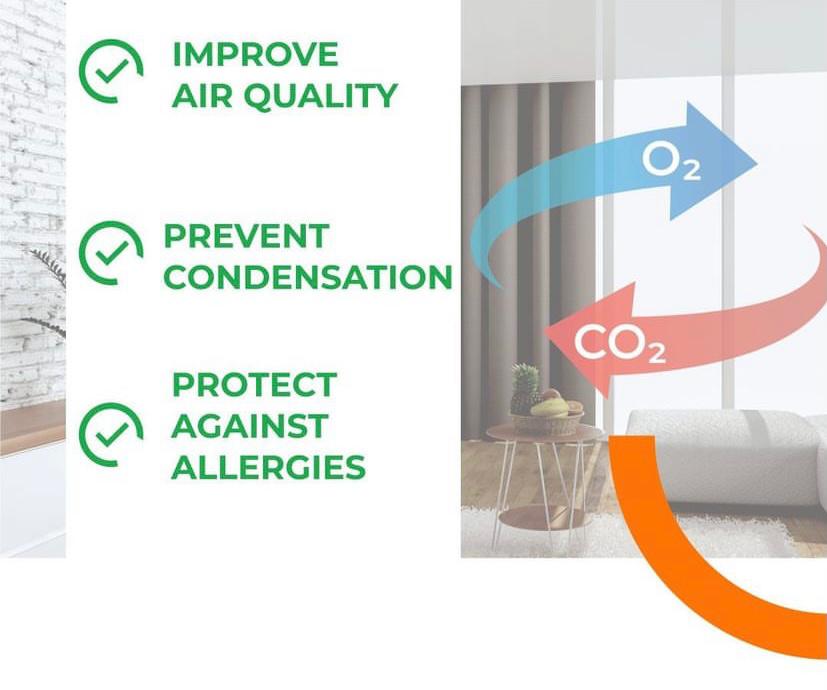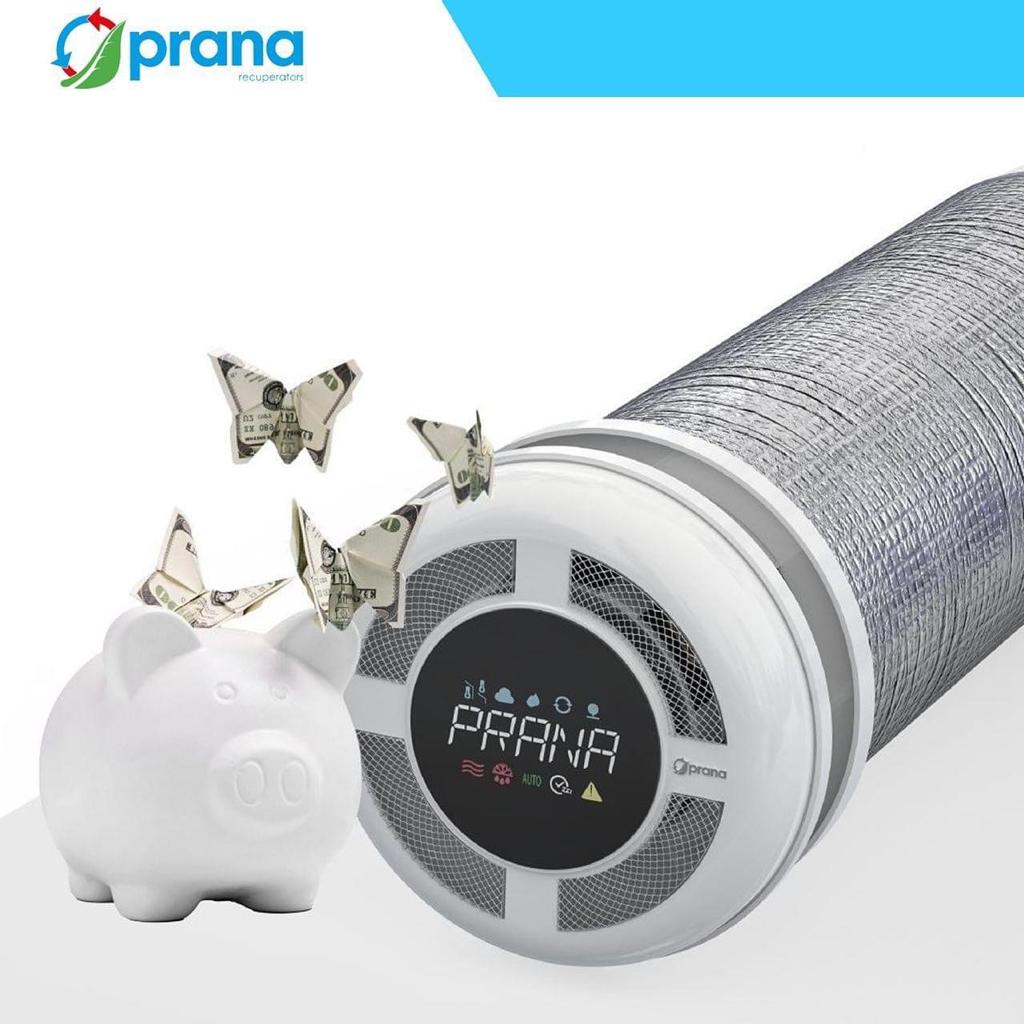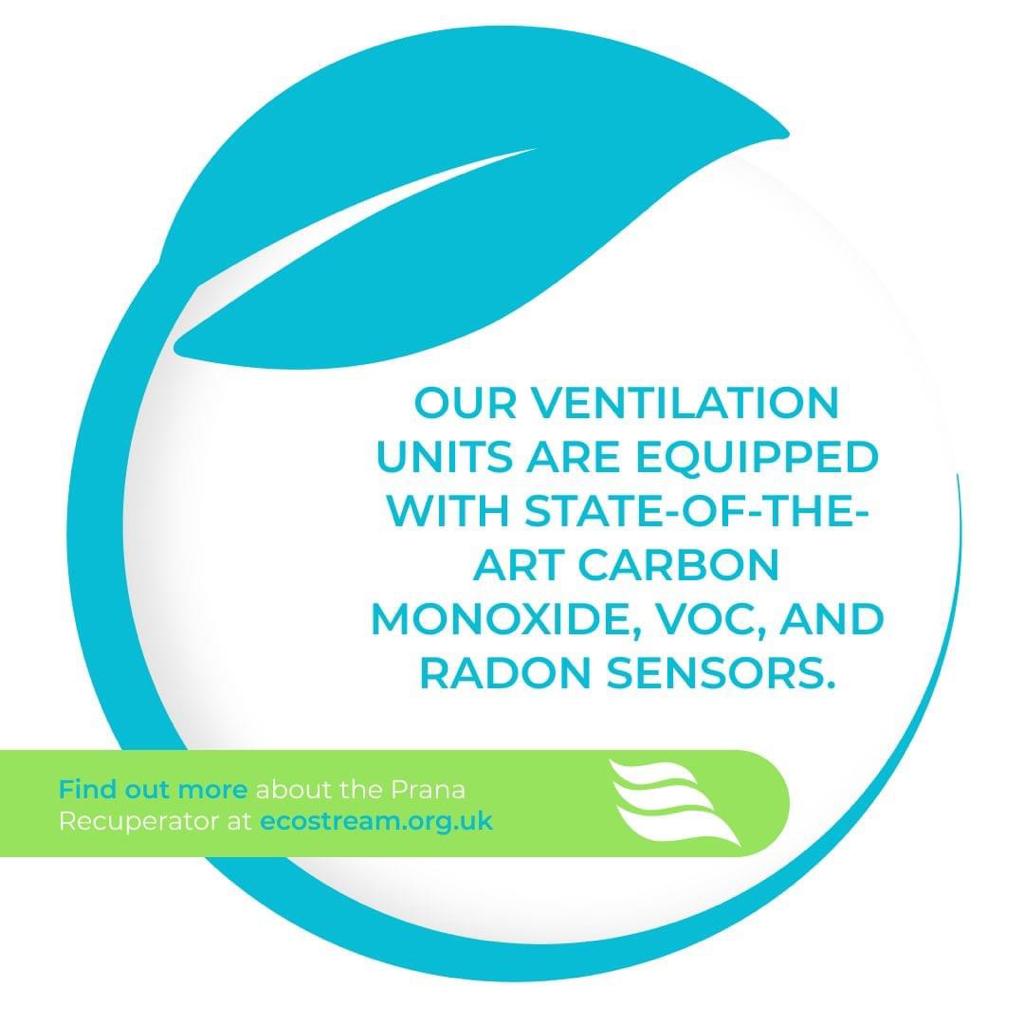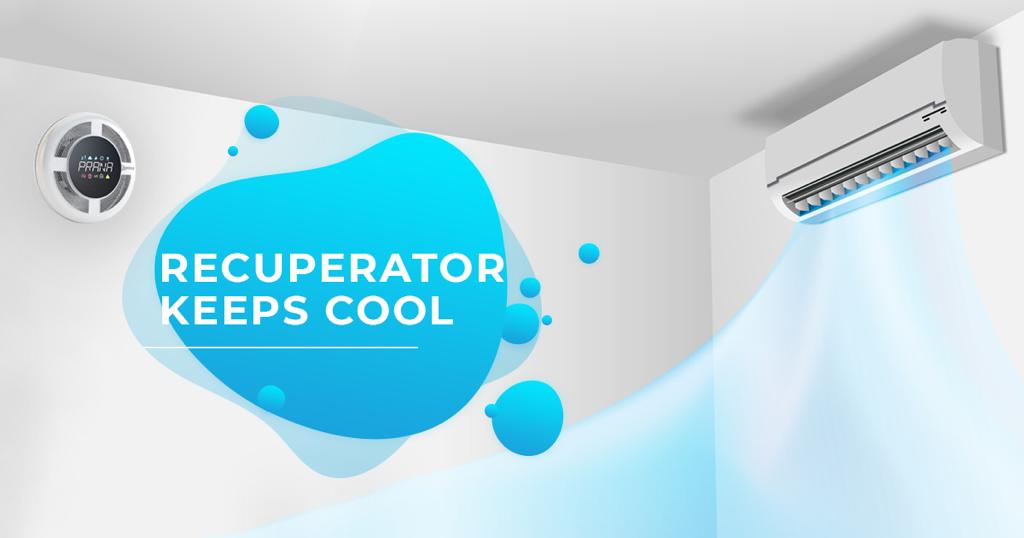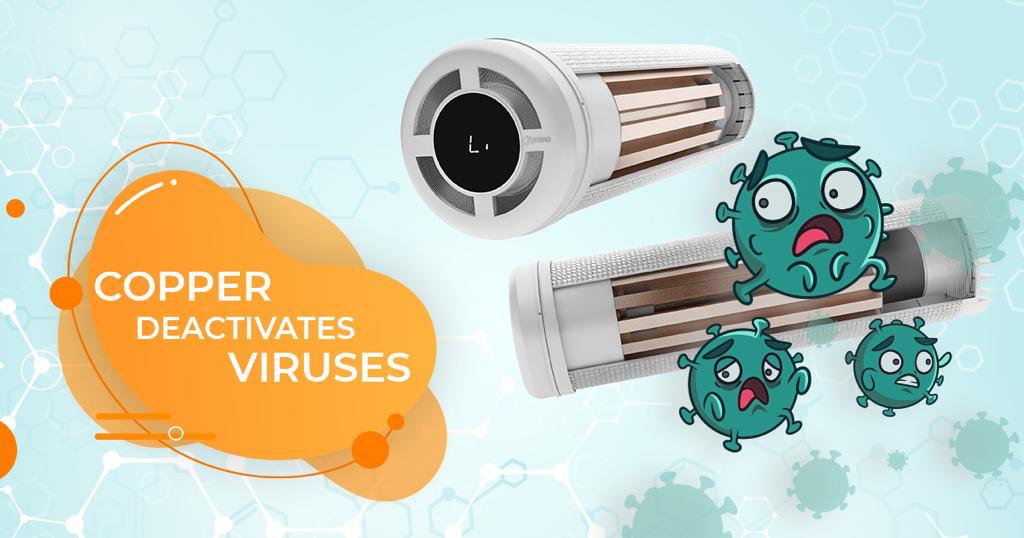Water may enter inside your home from a variety of sources. For example, through leaking or seeping basement flooring. Showers and even cooking may contribute moisture to your home’s air. The quantity of moisture that your home’s air can store is determined by its temperature. As the temperature drops, the air can carry less moisture. This is why moisture condenses on cool surfaces in cold temperatures (for example, drops of water form on the inside of a window). This wetness might promote the growth of biological contaminants. How to stop it? Let’s look at the methods that really work.
How to Prevent Condensation Problems
There are several methods of controlling moisture and reduce condensation in your home. Let’s have a look at each way to reduce condensation:
Avoid Drying Clothes Indoors
Considering the causes of condensation, the first place to mention is drying clothes inside the house. Of course, weather and habitation allowing moist laundry in an unventilated room is a recipe for water droplets on your windows (and a musty smell resulting from that).
To avoid window condensation if possible, avoid drying clothes inside. Although it might be tough, especially in the winter when drying clothing outside is not an option, drying clothes indoors can cause condensation and moisture difficulties, especially if you do not adequately ventilate your home while drying. To avoid such problems, add an extra spin cycle to your laundry to help drain excess water and dry your garments faster.
Fix Leaks and Seepage
Many homes have water leaking, or seeping, into the basement – especially in the winter months. All this is the cause of moisture in the air. We recommend having an expert come out and assess your home and fix these issues as soon as possible to prevent a growing biological issue in your home.
Lack of ventilation and moisture from a toilet that is not vented properly can also cause excess moisture, resulting in mould and bacteria growth.
Keep Furniture Away From Walls
Moisture from above, whether from condensation, leaks or seepage, often ends up in your walls, encouraging humid air and mould growth and general bad odours, leading to poor indoor air quality. To prevent your furniture from trapping such moisture, make sure to avoid placing it against the walls. If you are not sure of the moisture level in your walls, you can also consider installing a dehumidifier in your home to help reduce moisture levels.


